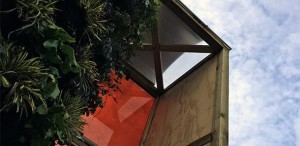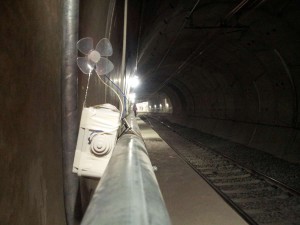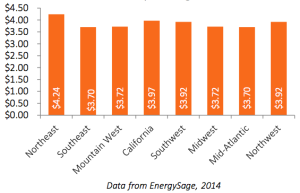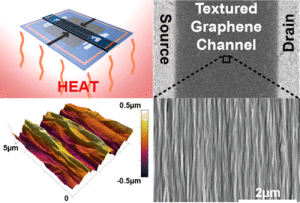
By combining green wall technology and solar panels, researchers have been able to generate renewable energy during both night and day.
Image: University of Cambridge
Researchers from Cambridge University have developed what is being considered “the greenest bus shelter” by combining solar power and plant power.
The scope of this project is much more vast than simply powering a bus shelter. Researchers are looking at this development as a possible answer to affordable power generation solutions for developing countries.
“To address the world’s energy needs, we need a portfolio of many different technologies, and it’s even better if these technologies work in synergy,” said Dr. Paolo Bombelli of Cambridge University’s Department of Biochemistry.
The bus shelter has the potential to power itself during both night and day times by harvesting the natural electron by-product of photosynthesis and metabolic activity, thus creating electrical current.







